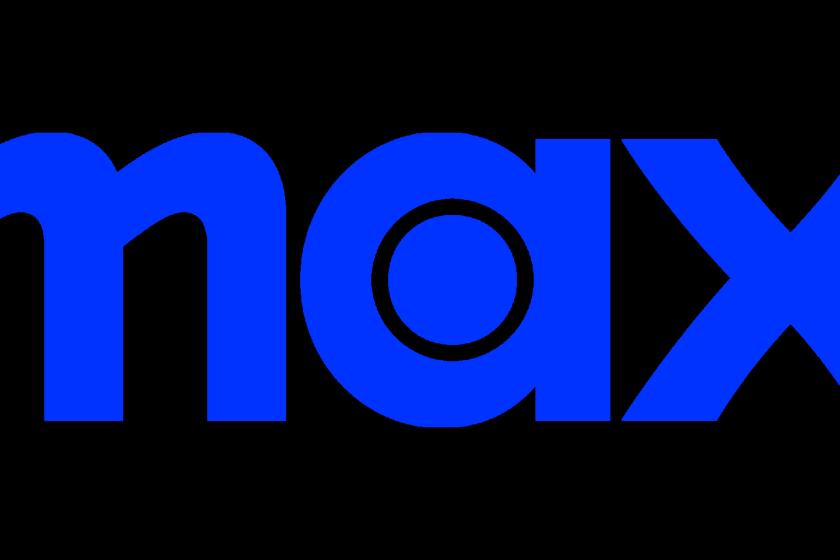Disney film executive delivers sobering message on changing cinema business
- Share via
Reporting from Las Vegas — Hollywood’s annual gathering of movie studios and theater owners in Las Vegas, known at CinemaCon, normally opens with a cheerleading speech for the movie business dominated by talk of box office records and global growth.
But the event’s opening remarks by Disney’s film distribution head, Dave Hollis, took a slightly more sober look at the troubling trends affecting the film business, including long-term pressure on attendance because of digital media.
In his remarks to cinema owners at Caesars Palace, Hollis acknowledged stagnation in the actual number of tickets sold (1.32 billion last year, compared with 1.4 billion a decade ago). Moreover, he said, per capita attendance, the average number of times each person bought a movie ticket, is on the decline. Last year, per capita attendance fell by 1%.
Those trends undercut some of the fanfare surrounding last year’s record $11.4 billion in box office revenue in the U.S. and Canada. Box office is expected to remain relatively flat in the next several years, reaching $11.5 billion by 2020, Hollis said, citing analysts.
Hollis, like many analysts, blamed the increasing amount of new digital entertainment options sucking up more of people’s time. Movie attendance among young adults ages 18-39 is down significantly from five years ago, he noted.
“It does feel like the changing lives of our consumers are having some impact,” Hollis said. “The great news, obviously, is box office is up, but our goal has always been to stay ahead and look for new opportunities to drive it forward and keep it as healthy as it can be.”
Hollis gave some jaw-dropping numbers on the proliferation of social media use. The number of tweets sent per minute has grown from 98,000 per minute in 2011 to 430,000 last year, he told the crowd, joking, “albeit, most of it [coming] from our president,” referring to President Trump’s penchant for early-morning Twitter use.
“This is disruption personified,” Hollis said.
But Hollis said theater companies’ efforts to court millennials with improved theater amenities, coupled with studios’ focus on must-see blockbuster movies, is working. Per capita attendance among 18- to 24-year-olds increased for the first time in five years in 2016, up 10% to an average 6.5 tickets sold.
The picture is bleaker, however, among teenagers — the hoped-for next generation of moviegoers — whose attendance fell 16% last year to 6.1 on average, according to a recent report by the Motion Picture Assn. of America.
Despite all the talk of digital disruption, Hollis was conspicuously silent on another hot-button issue. The major studios — with the exception of Disney — are putting pressure on cinema owners to allow earlier releases of movies as video on demand as the film companies’ home entertainment profits deteriorate. Disney, the industry leader, has resisted the move because its movie business is built around the biggest superhero films, computer-animated pictures and “Star Wars” movies that people still want to see on the big screen.
Having Hollis on the CinemaCon bill also was unusual. Usually Chris Dodd, the head of the Motion Picture Assn. of America, opens the ceremonies and champions the industry’s global growth.
Yet Dodd, for the first time in recent memory, skipped the confab for a prior family commitment, a spokesman for the MPAA said.
ALSO
Disney CEO Robert Iger extends his contract as search for a successor continues
Studios want to get you rental movies much quicker — for a price
The reason Hollywood’s studio leadership is in flux: The business model is changing
More to Read
Inside the business of entertainment
The Wide Shot brings you news, analysis and insights on everything from streaming wars to production — and what it all means for the future.
You may occasionally receive promotional content from the Los Angeles Times.











